Serverless Integration with Camel K
Lightweight, cloud-native integration platform for serverless.
Lightweight, cloud-native integration platform for serverless.
Event-driven serverless applications really rock these days. Knative and Kubernetes offer nice primitives for creating them, but if you've ever tried going beyond the "Hello World" example, you know that writing real-life applications is much harder than expected. The more your application is deconstructed into smaller pieces, the more you need better communication patterns for managing all the inherent complexity.
Here comes Camel K, a lightweight integration tool created specifically to address these issues. Camel K allows you to declaratively orchestrate events in a serverless environment using a beautiful language. It’s based on Apache Camel, the most powerful open source integration framework, and it leverages Knative to deliver integration patterns in a serverless way, allowing you to effectively create real-life serverless applications. We will show how Camel K works under the hood and, with coding examples, we’ll also demonstrate how Camel K makes it easy to connect (almost) anything using integration patterns and the 300+ components that Apache Camel provides." (DevNation Tech Talk)
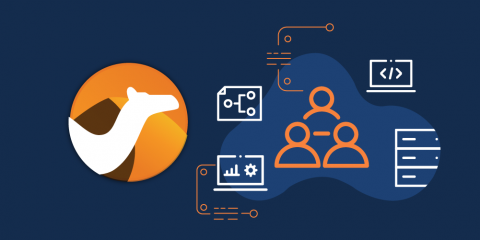
Apache Camel K is a lightweight cloud-integration platform that runs natively on Kubernetes. Based on the famous Apache Camel, Camel K is designed and optimized for serverless and microservices architectures. The platform declaratively orchestrates events in a serverless cloud.
With 300+ connectors and built-in integration patterns now available, developers can connect to almost anything in a flexible, scalable way.

Developers can code and see live updates in the cloud, plus receive immediate feedback.
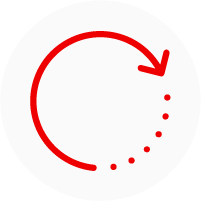
Camel K generates related services and configurations for the cloud from read to run.
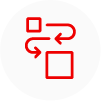
Camel K automatically detects, manages, and pulls the dependency for developers.

Well-established patterns to reuse. Pre-built transformation for data, plus 300+ components available for quick connectivity.

Camel K works natively on K-native. Simple, pre-built components to pub/sub from the event mesh.

Camel K runs on top of Quarkus and enables developers to write small, fast Java applications.
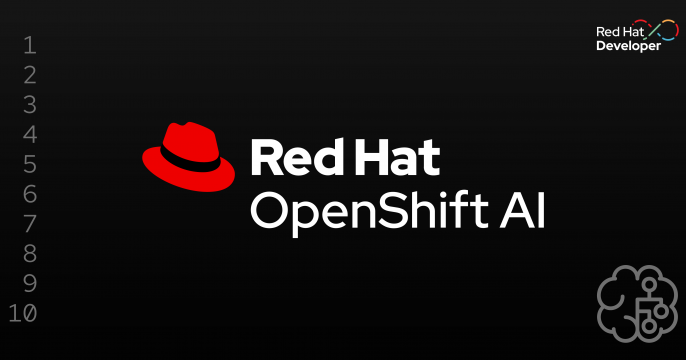
This article explains how to use Red Hat OpenShift AI in the Developer...

Dive into the second edition of Camel integration quarterly digest, covering...

While the VMDK format is open source, they are traditionally used within the...

Image mode for Red Hat Enterprise Linux (RHEL) combines the benefits and...
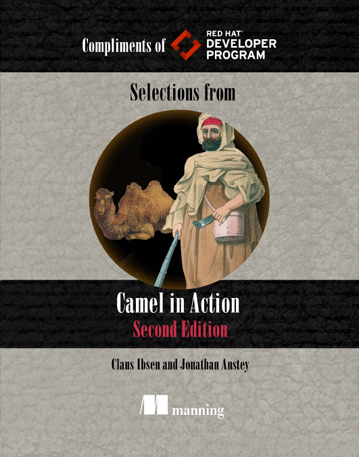
Are you building a complex system? Do you need a proven integration framework to bring it all together seamlessly? Do you want to make integration easier and more accessible to developers? Apache Camel has fundamentally changed the way enterprise Java™ developers think about system-to-system integration. Start learning about Camel in this ebook, which includes excerpts from the book Camel in Action by Claus Ibsen and Jonathan Anstey (Red Hat engineers who are core developers of Apache Camel). Isben and Anstey distill their extensive experience and practical insights to help you can tackle integration tasks with more success.
Read this ebook to learn:
Best practices for creating Apache Camel applications that perform useful tasks.
To use Apache Camel to route messages from a variety of transports and APIs.
Explore the code repositories that developers use to integrate with Camel K.